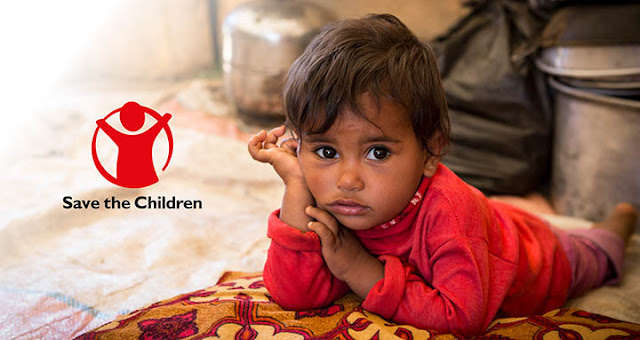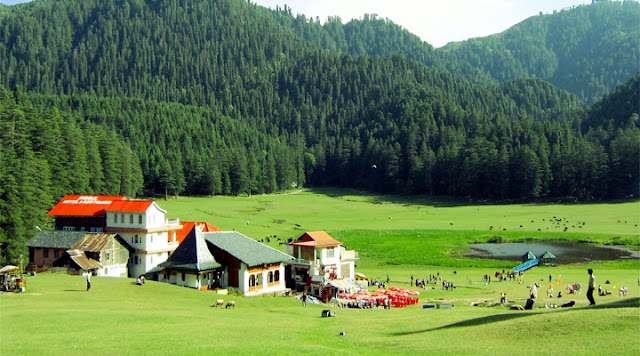Diwali is a festival of lights where we celebrate our lives. Diwali illuminates our lives with joy and pours colors in our dreams. It is the most awaited festival by everyone and especially kids. When it comes to celebrating Diwali, a picture of colorful bulbs, the noise of crackers, lines outside the shops of Mithaiwalas come in our minds.
But, there are ways of celebrating this festival beyond these. Let me take you to a village in Southern Maharashtra, away from the city, where I spent some of my most memorable years. The main crop in this region is rice. Mythologically, it is interpreted as a festival of victory of good over evil. It is a harvest festival marking the last harvest of the year. Before winter, where people, after working in the field for months, seek divine blessings from Goddess Laxmi and express gratitude towards Mother Earth.
The first day of Diwali starts with Vasu-Baras, which is a celebration held in the honour of cows (As they help in farms) where married women worship cows. I remember my grandmother doing Pooja of cows and expressing gratitude towards them for serving as ‘Gau-Mata’. Vasu-Baras is followed by days commonly known as Dhanteras, Narak Chaturdashi, Laxmi Pooja, then comes the New Year and Bhai-Dooj. Two more days of Diwali. Interesting, isn’t it?
The celebration at this place is unlike typical Diwali Dhamakas. No online shopping sales, no noise pollution, no extra bright lightings! It is celebrated in very serene and divine manner. The house is illuminated with small homemade diyas of clay. When they are placed, they literally give a feel of stars spread on the ground! My grandmother used to put ‘Utana’ on our bodies before bathing. It is a mixture of sandalwood, camphor, rose and other natural ingredients. We get packets of ‘Utana’ and soaps of that essence in the market now.
We used to have ‘Faraal’ which was no doubt homemade only! All women from the family used to make various types of food items, so there was no question of standing in rows outside sweet shops. We used to have the ‘Faraal’ till our tummies started aching. Diwali, just like others, was a festival of family get-together for us too. All of my cousins used to gather and we used to play a number of games. Days used to end on the open terrace, under the starry sky, playing cards. Crackers weren’t really our need. It was complete pollution-free Diwali and not like the Diwali from the pictures of Delhi which we see today.
Diwali is a simple festival of lights, colours, joy and more importantly a gathering of all family members. Crackers, extra bright lightings, are not really a necessity. Try going beyond the trendy ways of the celebration of this beautiful festival, you may find a different meaning of ‘Diwali’ in your own way.
Written by Medini Kajarekar
Walking through the pages to find home in words.
But, there are ways of celebrating this festival beyond these. Let me take you to a village in Southern Maharashtra, away from the city, where I spent some of my most memorable years. The main crop in this region is rice. Mythologically, it is interpreted as a festival of victory of good over evil. It is a harvest festival marking the last harvest of the year. Before winter, where people, after working in the field for months, seek divine blessings from Goddess Laxmi and express gratitude towards Mother Earth.
The first day of Diwali starts with Vasu-Baras, which is a celebration held in the honour of cows (As they help in farms) where married women worship cows. I remember my grandmother doing Pooja of cows and expressing gratitude towards them for serving as ‘Gau-Mata’. Vasu-Baras is followed by days commonly known as Dhanteras, Narak Chaturdashi, Laxmi Pooja, then comes the New Year and Bhai-Dooj. Two more days of Diwali. Interesting, isn’t it?
The celebration at this place is unlike typical Diwali Dhamakas. No online shopping sales, no noise pollution, no extra bright lightings! It is celebrated in very serene and divine manner. The house is illuminated with small homemade diyas of clay. When they are placed, they literally give a feel of stars spread on the ground! My grandmother used to put ‘Utana’ on our bodies before bathing. It is a mixture of sandalwood, camphor, rose and other natural ingredients. We get packets of ‘Utana’ and soaps of that essence in the market now.
We used to have ‘Faraal’ which was no doubt homemade only! All women from the family used to make various types of food items, so there was no question of standing in rows outside sweet shops. We used to have the ‘Faraal’ till our tummies started aching. Diwali, just like others, was a festival of family get-together for us too. All of my cousins used to gather and we used to play a number of games. Days used to end on the open terrace, under the starry sky, playing cards. Crackers weren’t really our need. It was complete pollution-free Diwali and not like the Diwali from the pictures of Delhi which we see today.
Diwali is a simple festival of lights, colours, joy and more importantly a gathering of all family members. Crackers, extra bright lightings, are not really a necessity. Try going beyond the trendy ways of the celebration of this beautiful festival, you may find a different meaning of ‘Diwali’ in your own way.
Written by Medini Kajarekar
Walking through the pages to find home in words.

















